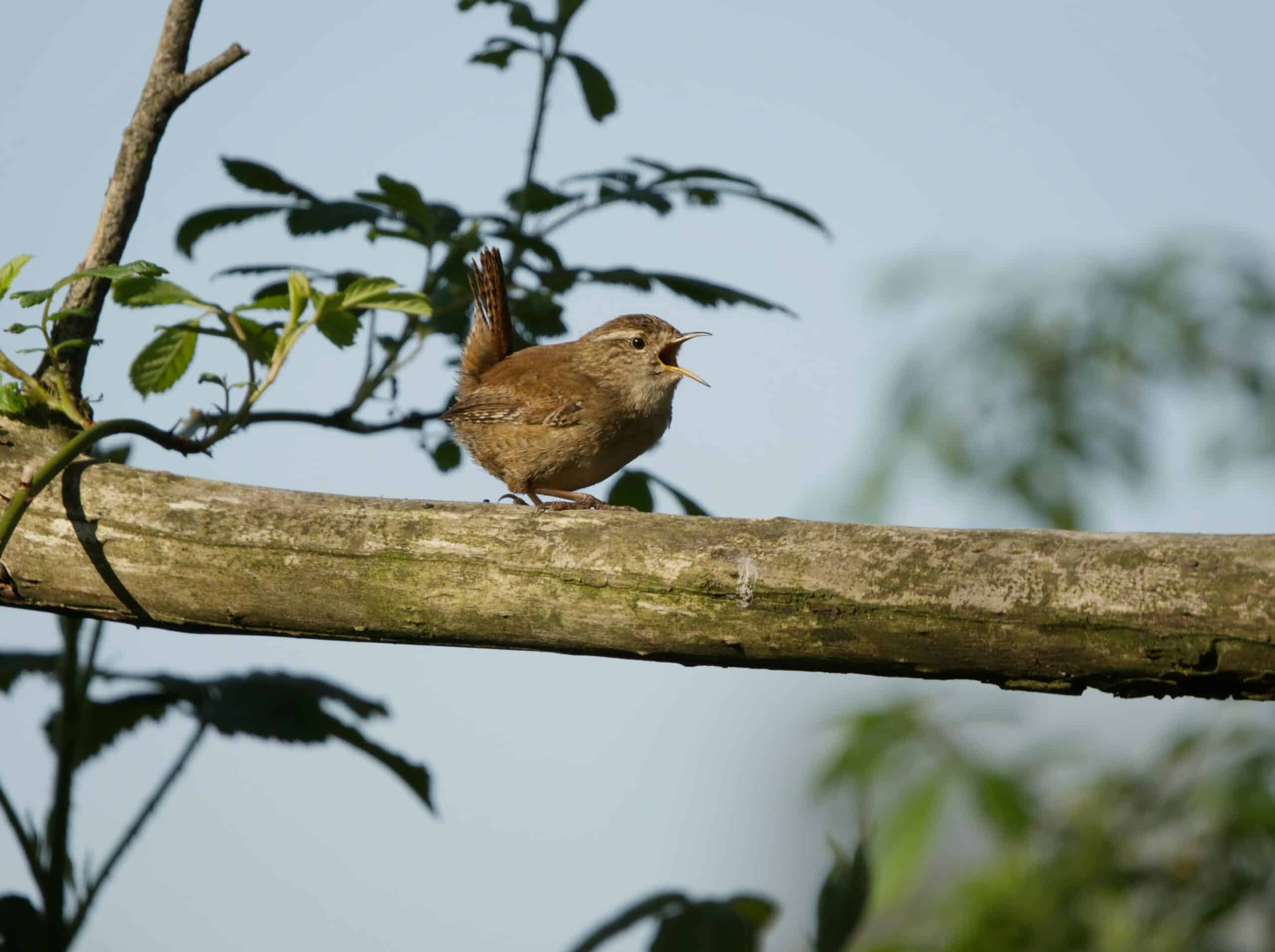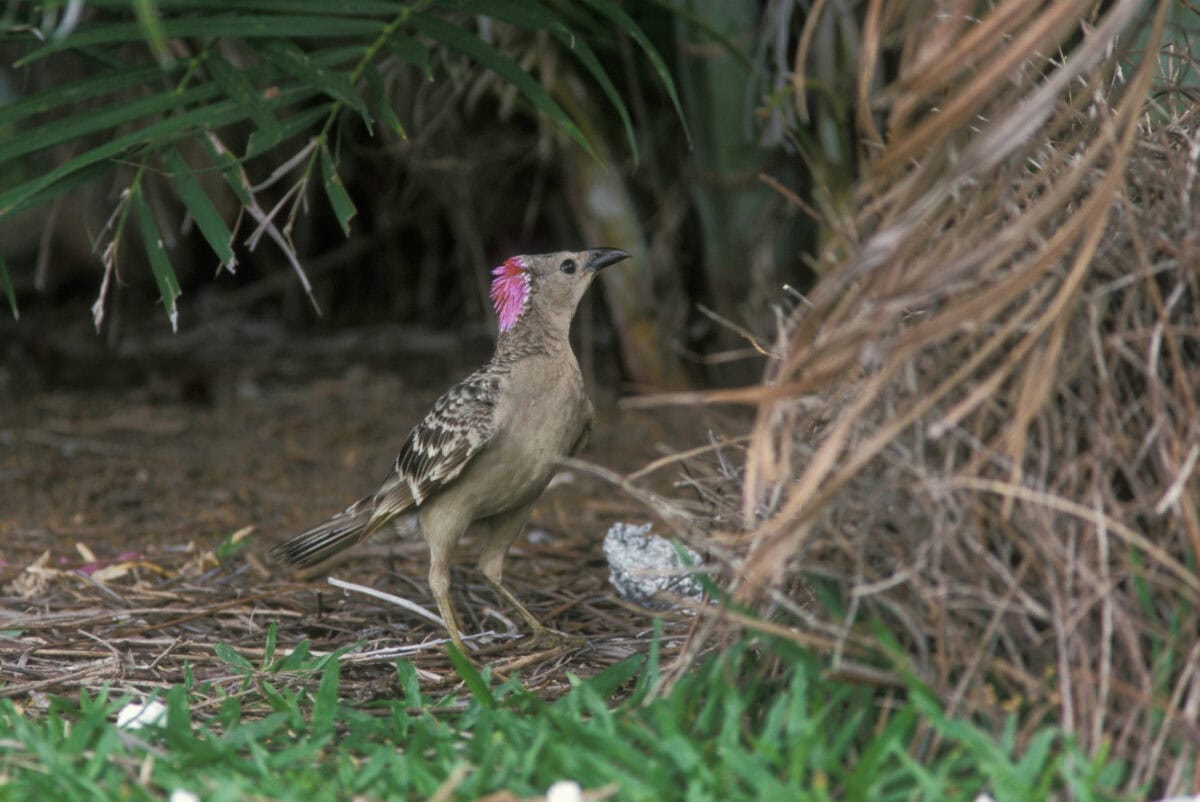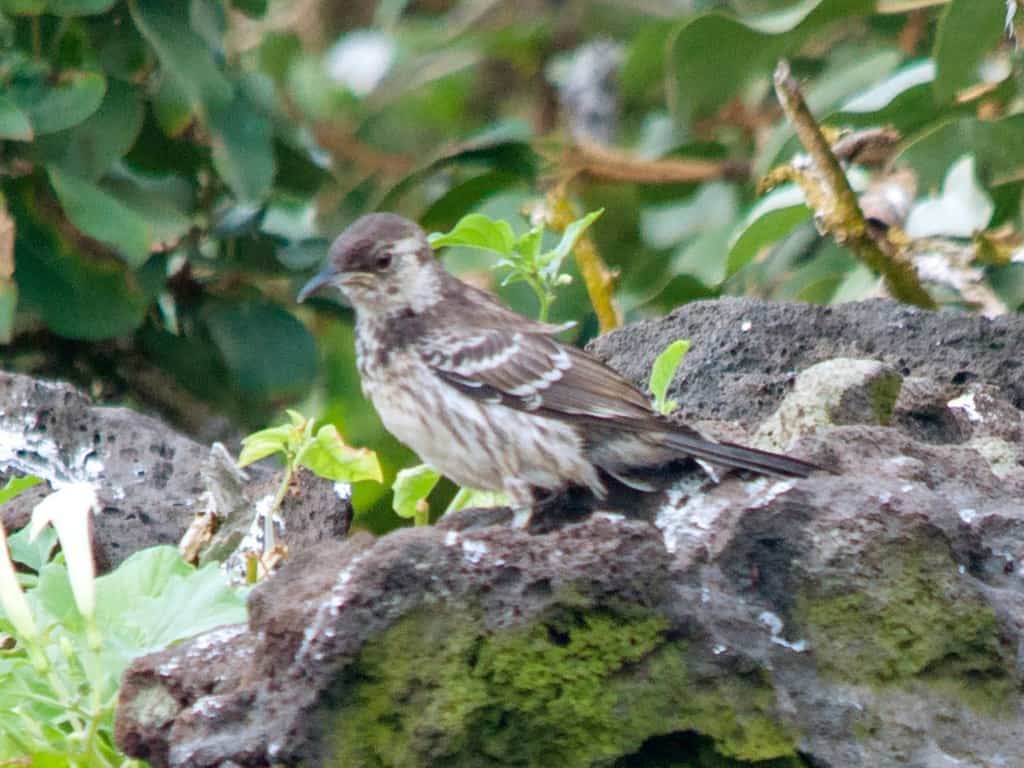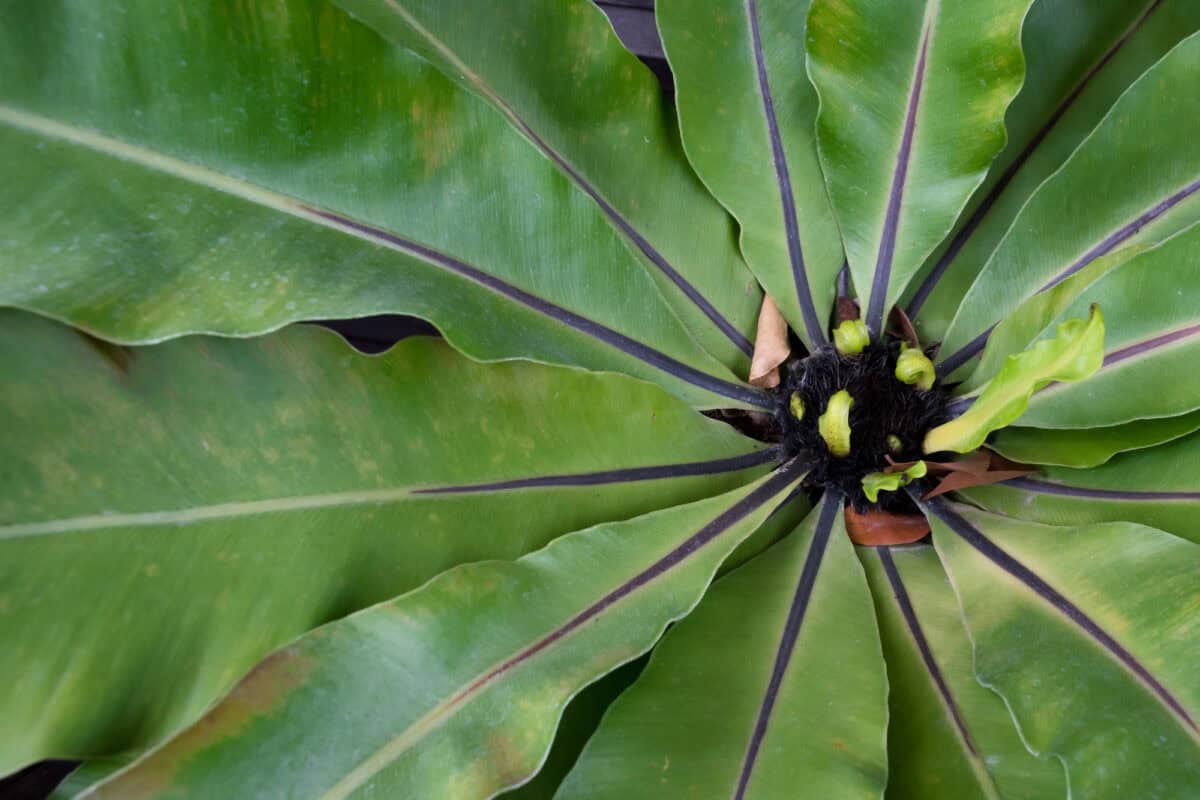Birds can be both friends and foes to your vegetable garden. While they play a crucial role in pest control by feeding on harmful insects, they can also wreak havoc by pecking at fruits, seedlings, and young plants. To safeguard your hard-earned produce without harming these feathered creatures, it’s essential to strike a balance between protecting your garden and coexisting with the wildlife.
Identify the Culprits Common Problematic Birds

Before implementing protective measures, it’s useful to identify which bird species are causing problems in your garden. Common vegetable garden visitors include sparrows, blackbirds, and pigeons. Observing which plants or produce are most affected can offer insights into which strategies will be most effective for your situation.
Implement Physical Barriers

One of the most effective ways to protect your vegetable garden is by creating physical barriers that prevent birds from reaching your crops. Options include:
- Netting: Lightweight and versatile, bird netting can be draped over plants or entire garden beds. Ensure it is tightly secured and elevated above plants to avoid birds getting trapped or damaging crops.
- Row Covers: Floating row covers are effective for protecting seedlings and young plants. Lightweight fabric allows sunlight and water to penetrate while keeping birds at bay.
- Chicken Wire or Plastic Mesh: Building cages around individual plants or rows with these materials can offer robust protection.
Scare Tactics Deter Birds Without Harm

Using scare tactics is another method to keep birds away from your garden. Consider these techniques:
- Reflective Objects: Items like old CDs, aluminum foil strips, or reflective tape can deter birds through unexpected flashes of light. Hang them around your garden or from trees.
- Scarecrows: A classic deterrent, scarecrows can be made more effective by moving them regularly and adding motion, such as attaching moving parts or wind chimes.
- Predator Decoys: Fake predators, such as owls or hawks, can discourage birds from entering your garden. To maintain their effectiveness, the decoys should be repositioned regularly.
Provide Alternative Food Sources

Creating alternative food sources can help divert birds from your vegetable patch. Set up bird feeders at a distance from your garden to lure birds away. Fill feeders with seeds and food that attract birds, reducing their incentive to peck at your produce.
Promote Natural Predators

Encouraging the presence of natural bird predators can help control problematic birds. Encouraging predators like hawks and owls by installing nesting boxes can create a balanced ecosystem. Just ensure these species won’t pose a threat to your garden itself.
Utilize Auditory Deterrents

Sound-based deterrents can scare birds away. Devices that emit predator calls or high-frequency sounds that are unpleasant to birds can be employed. Remember to vary the sounds to prevent birds from becoming accustomed to them.
Tailor Strategies Based on Bird Behavior

Different bird species exhibit distinct behaviors, and understanding these can help you tailor a more effective strategy. For instance, changing the texture of the garden surface, such as adding coarse mulch or gravel, may discourage ground-feeding birds.
Evaluate and Adjust Your Approach

The effectiveness of bird deterrence methods can vary greatly depending on environmental factors and changing bird behaviors. Regularly assess the impact of your strategies and adjust as needed. Persistent evaluation can help you stay one step ahead and maintain harmony between your vegetable garden and its avian visitors.
Conclusion: Striking a Balance

Ultimately, protecting your vegetable garden from birds requires a blend of creativity, observation, and adaptability. By understanding the behavior of birds and employing a variety of strategies, including barriers, deterrents, and alternative food sources, you can protect your prized vegetables while coexisting peacefully with the local wildlife. With persistence and the right approach, your garden can thrive without compromising the ecosystem around you.
- 14 Dog Breeds That Love to Cuddle - August 9, 2025
- 11 Signs Your Horse Might Be Bored - August 9, 2025
- Jurassic World Dominion Dinosaurs - August 9, 2025

